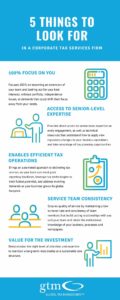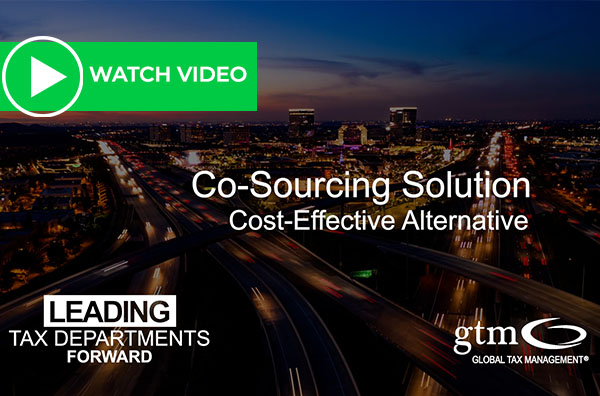By Anthony Sorrentino, Senior Manager and Matt Delaney, Supervisor, Tax Automation
General ledger data is an integral part of any organization’s tax processes. But how and what you are using to manage that data could make or break the efficiency and accuracy of your tax process. If you position yourself to use and manipulate the data correctly, you will live in peace and harmony.
Ask yourself these questions:
- How do I currently gather my GL data?
- Is the GL data I am gathering in a useable format, or do I need to spend more time on manipulation before it can be integrated with my tax application(s)?
- Am I using the most recent version of the GL data?
These are important questions, and they need to be answered so you can streamline your tax lifecycle from end-to-end. Automating your GL data can increase the efficiency of your team and make them smarter about what data is in the GL system and how to use it.
SET GOALS TO IMPROVE YOUR LONG TERM RELATIONSHIP WITH GL DATA
Sit down and set attainable goals for your managing your GL data. First, plan to streamline your data so that it can be compatible with any desired format or tax application. Next, by building logic and mapping you can create an automated and repeatable process. Once you begin to execute, you will see the following improvements:
- Fewer data requests
- Decreased dependence on other departments to clarify quality of data
- Less risk of error
- More flexibility with a customized input/output of data
GET TO KNOW YOUR DATA MORE INTIMATELY
Digging in and getting more familiar with the data can help you determine what resides in the GL and how you can use it efficiently.
For example, sales data from the GL has all necessary information to compute apportionment and throwback sales –but only if you know how to use it. You can easily calculate throwback sales by choosing the right fields – ship-to, ship-from, and sales amount – and applying a rules based approach.
This relationship doesn’t stop with simply knowing the data – gain insight from your data through business intelligence and data analytics. These solutions allow your tax department to:
- Design dashboards
- Report on data from multiple sources
- Display charts, reports, pivot tables
- Track key performance indicators (KPIs)
TAKE IT TO THE NEXT LEVEL
Make the commitment to take ownership of your GL data management. Integrate it into your process so you can have greater control and flexibility. Use the data for a clearer perspective into acquisitions, dispositions and planning. Think of it as gaining freedom – so you won’t be limited by your software applications – especially as they change. Allow best practices to dictate your processes, not the limitations of your systems. Ultimately your data will no longer be used for singular purposes, as you will now have the ability to gather, manipulate, and analyze it for many use cases.
Learn more about our Tax Automation Services



